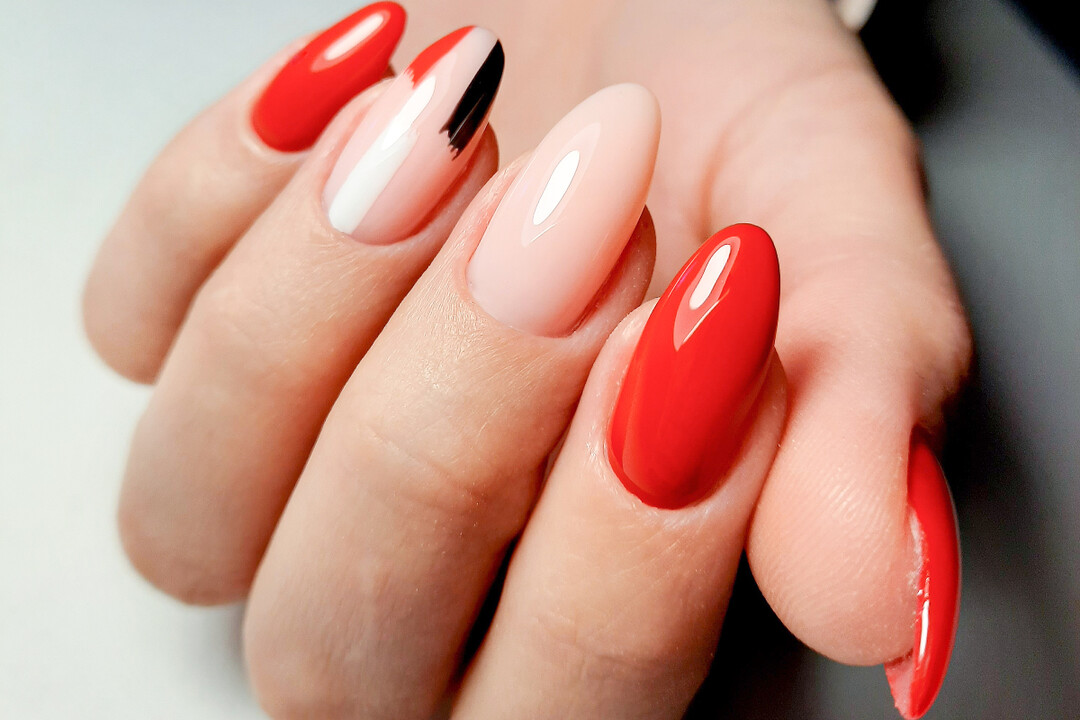
Brussels, Belgium - In a landmark decision poised to reshape the European cosmetics landscape, the European Union has enacted a comprehensive ban on trimethylbenzoyl diphenylphosphine oxide, or TPO, a chemical at the heart of the booming gel nail polish industry. The prohibition, which took effect on September 1st, follows a year-long grace period since the regulation's initial announcement in May 2024. This regulatory action, a first of its kind for this specific compound, stems from mounting health concerns and a proactive "precautionary principle" approach to public safety.
TPO has long been a staple in gel nail formulations. Its ability to quickly cure under UV light allows for the rapid hardening of polish and provides the long-lasting, durable finish that has made gel manicures a global sensation. However, the convenience it offers is now being weighed against a growing body of evidence from animal studies. Research has pointed to a range of potential health hazards, including reduced fertility, hormonal disruption, and even carcinogenic properties. Specifically, studies conducted on female rats showed complete infertility, while male rats experienced a reduction in testicular size and sperm depletion.
Despite the absence of large-scale human trials conclusively proving these effects, EU regulators have cited the principle of precaution as the basis for their decision. This preventative measure mandates that all cosmetics containing TPO, not just nail polish, are to be removed from the market. The ban affects all 27 EU member states, as well as allied nations like Norway and Switzerland that adhere to the union's regulatory framework.
The immediate fallout has been significant. Nail salons, retailers, and distributors in these countries are now prohibited from selling or using products containing TPO. Any existing inventory must be immediately discarded. This has put immense pressure on manufacturers, who must now scramble to reformulate their products with alternative, EU-approved ingredients. The European Cosmetics Trade Association has publicly supported the ban, stating that the industry was unable to scientifically demonstrate a viable substitute for TPO, thus negating any request for an exception to the new regulations.
Yet, the ban has not been met with universal approval. Critics within the nail industry argue that the scientific basis for the prohibition is insufficient, pointing to the lack of conclusive human data. Some have created websites and forums to protest the decision, arguing it is an overreaction that will stifle innovation and harm small businesses. A Belgian wholesaler, for example, has launched a website specifically dedicated to opposing the ban.
For consumers, the ban means a temporary reduction in product choices as manufacturers work to develop new, compliant formulations. The industry, facing a major upheaval, is now in a race to innovate, with experts predicting a surge in research and development into new, safer photoinitiators. This regulatory shift could ultimately set a new standard for ingredient safety in the cosmetics industry, not just in Europe but globally.
[Copyright (c) Global Economic Times. All Rights Reserved.]






























